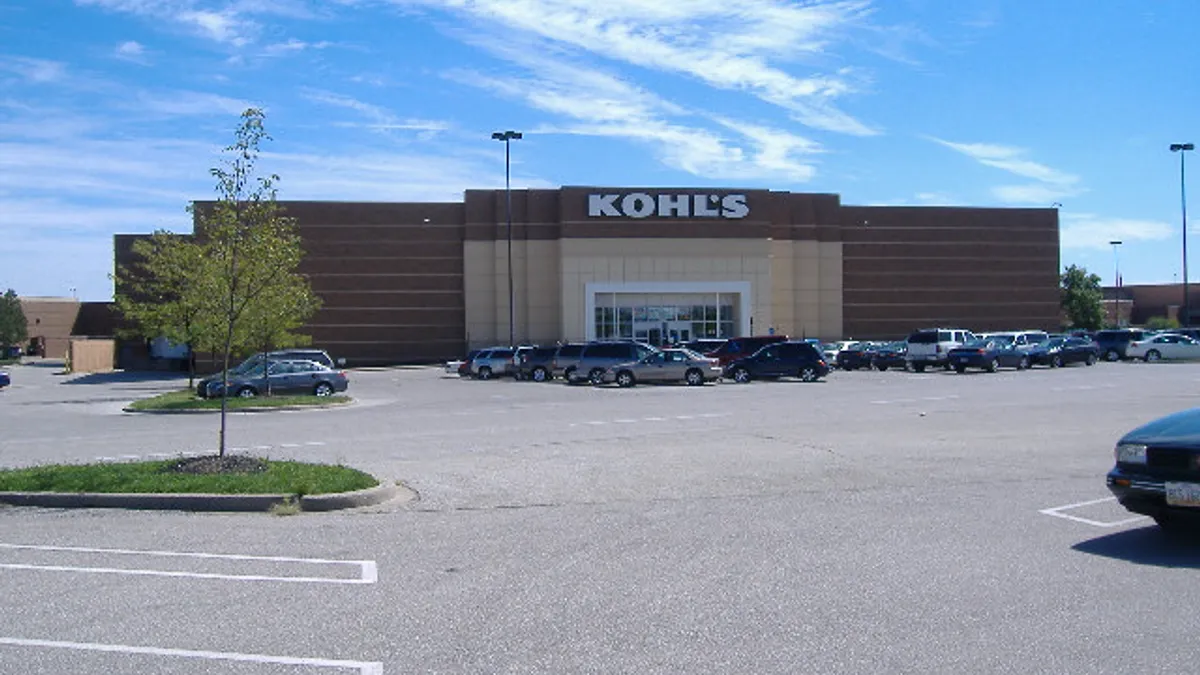Dive Brief:
-
Kohl's has expanded its tie-up with Amazon, establishing Amazon return stations throughout its Milwaukee stores, the Milwaukee Journal-Sentinel reports. Neither Amazon nor Kohl's immediately returned Retail Dive's request for comment.
-
The addition of 21 stores taking Amazon returns means that just over 100 Kohl's stores now do so, according to the report.
-
Amazon also has space carved out in 10 Kohl's stores in the Los Angeles and Chicago areas, dedicated to the "Amazon Smart Home Experience," along with return services in more than 70 other stores. The tie-up is, as hoped, driving traffic to Kohl's, according to the retailer and independent analysts.
Dive Insight:
Many analysts have looked askance at this partnership, leery of the prospect of Kohl's inviting in legacy retailers' perceived enemy number one, Amazon.
But in May, Gordon Haskett Research Advisors reported that Chicago-area Kohl's stores taking Amazon returns and selling Amazon devices have been the boon that Kohl's executives insisted they would be. Gordon Haskett studied 13 Kohl's stores (of which five were part of the pilot) in Chicago and found that those stores have seen an 8.5% bump in traffic since the tie-up. More than half (56%) were either new Kohl's customers or customers who hadn't been to a store in a while, according to the report. That's also more than the 43% in new customers seen in other stores.
Kohl's executives have said that they've stayed in touch with Amazon about how and when to expand the mutually beneficial partnership. While it's boosting store traffic to Kohl's, the partnership also helps Amazon more efficiently dispense with returns.
It's a problem for e-commerce, and a particularly tough nut for Amazon, which has a dearth of stores even after its acquisition last year of Whole Foods grocery stores. The value of retail returns last year rose 53% from 2015 to $400 billion in 2017, and the growth of e-commerce is stoking that, according to returns and overstock supply company B Stock. Returns of brick-and-mortar purchases tend to hover at 8%, while e-commerce returns can reach as high as 15% to 30%, according to CBRE.
And of the three options for returning unwanted items — return to store, return to distribution center and return to a third party — return to store not only tends to be the cheapest option for retailers, who may benefit as some customers buy something else, but it's also preferred by some 60% of online customers themselves, according to consulting firm AlixPartners.













